In the midst of battle against a Red Dragon, an armor-plated Fighter’s stomach rumbles. The party was too excited to jump into a game of Dungeons and Dragons and didn’t pack enough rations. After three days without food, he’s having a hard time concentrating, and his movement slows. He won’t survive this fight.

Related
Dungeons & Dragons: 10 Clever Punishments For Your Players
Sometimes you just need to show your player who’s boss, but in a nice way, of course.
Exhaustion is an important condition in D&D, and the 2024 edition of the Player’s Handbook streamlines the mechanic to make it simpler for both players and DMs. Whether you’re a new player or just need a primer on the new rules, we’ve got the exhaustive guide.
Updated on February 16, 2025, by Jack Filsinger: The rules for Exhaustion in the 2024 Player’s Handbook were made much simpler than their predecessors. But, some tables still homebrew a combination of these rules for themselves. We’ve updated this list by comparing the original 2014 rules with the 2024 ones, so you know exactly how to implement Exhaustion in your D&D game.
What Is Exhaustion?
Exhaustion is a condition that characters can suffer from in Dungeons & Dragons if they push themselves too hard. It’s the only condition in D&D that stacks with itself: your character can’t be double-invisible, but they can earn up to six levels of exhaustion, with cumulative effects.
Exhaustion represents a character or creature failing to meet its basic survival needs, such as rest, food, and water.
Just like in real life, characters in D&D can survive for a few days without eating and drinking but will quickly start to feel the effects.
How Exhaustion Works In The 2014 PHB?
With the addition of the 2024 Player’s Handbook, the rules for Exhaustion have been simplified.
Previously, in the 2014 Player’s Handbook, you gained a different status effect per level of exhaustion, with all effects stacking like so:
|
Exhaustion Level |
Effect |
|---|---|
|
1 |
Disadvantage on ability checks. |
|
2 |
Speed halved. |
|
3 |
Disadvantage on attack rolls and saving throws. |
|
4 |
Hit Point maximum halved. |
|
5 |
Speed reduced to zero. |
|
6 |
Character death. |
Depending on your DM and table, these rules for Exhaustion may still apply. Consult your DM to see which rules for Exhaustion they plan on using.
However, in the 2024 Player’s Handbook, what defines or doesn’t define Exhaustion has been streamlined significantly. This is detailed below.
Effects Of Exhaustion In The 2024 Player’s Handbook
When a character is Exhausted, they suffer three effects:
- Results of all d20 tests are reduced by two times the Exhaustion level.
- Movement speed is reduced by five feet per Exhaustion level.
- If a character’s Exhaustion level reaches six, that character dies.
|
Exhaustion Level |
d20 Test Penalty |
Movement Speed Reduction |
|---|---|---|
|
1 |
-2 |
-5 |
|
2 |
-4 |
-10 |
|
3 |
-6 |
-15 |
|
4 |
-8 |
-20 |
|
5 |
-10 |
-25 |
|
6 |
Death |
|
How Do You Become Exhausted?
There are a variety of ways that a character can become Exhausted, and you may need to keep track of how many levels of Exhaustion you accumulate in each category to recover from it.
No matter how you gain Exhaustion, each type of Exhaustion level counts towards the six-level cap.
Dehydration
All creatures require water to live, and if you don’t drink enough, you’ll start to suffer from Exhaustion.
|
Creature Size |
Water Requirement Per Day |
|---|---|
|
Tiny |
1/4 gallon |
|
Small |
1 gallon |
|
Medium |
1 gallon |
|
Large |
4 gallons |
|
Huge |
16 gallons |
|
Gargantuan |
64 gallons |
If your character drinks less than half of their water requirement per day, they will become Exhausted at the end of the day and incur one level of Exhaustion.
Malnutrition
Like water, all creatures need to eat, and creatures that don’t eat enough will start to suffer from malnutrition.
|
Creature Size |
Food Requirement Per Day |
|---|---|
|
Tiny |
1/4 pound |
|
Small |
1 pound |
|
Medium |
1 pound |
|
Large |
4 pounds |
|
Huge |
16 pounds |
|
Gargantuan |
64 pounds |
Unlike dehydration, malnutrition requires any creature who eats less than half of their food requirement to make a DC 10 Constitution saving throw.
On a failure, they gain one level of Exhaustion, and after five days without food, the creature gains an Exhaustion level at the end of each day automatically.
Suffocation
Suffocation is the third way to get Exhaustion levels in the Player’s Handbook. This represents a character’s inability to breathe, either because they’re drowning, being choked, or otherwise cut off from clean air.
All creatures can hold their breath for one minute plus their Constitution modifier for a minimum of 30 seconds.
So a barbarian with 18 Constitution (+4 modifier) can hold her breath for five minutes, after which she starts to gain Exhaustion levels at a rate of one per turn.
Unlike other sources of exhaustion, those caused by suffocation don’t stick: once a creature can breathe again, they recover from all levels of Exhaustion caused by suffocation.
Failing To Long Rest
Some modules and homebrews include an optional rule for failing to Long Rest at least once every 24 hours.
If you don’t Long Rest within 24 hours, you must make a DC 10 Constitution saving throw. On a failure, you will unfortunately have to take a level of Exhaustion.
This DC increases by five for every consecutive 24-hour period without a Long Rest.
Other Sources Of Exhaustion
Previous editions included additional ways for characters to become Exhausted, including extended travel and the effects of certain spells and poisons or environmental effects.
While these sources are not cited in the 2024 Player’s Handbook, they may appear in other sourcebooks, official modules, and third-party supplements.
If you’re not sure what might or might not cause exhaustion, talk to your DM.
How To Recover From Exhaustion
A Long Rest is required to recover from most forms of Exhaustion, including those caused by dehydration and malnutrition.
However, for malnutrition and dehydration, you must also meet your nutritional requirements for the day before Long Resting, otherwise, you won’t recover.
Exhaustion is recovered at a rate of one level per Long Rest as long as the nutritional requirements are met. Once the Exhaustion level reaches zero, that creature has recovered from Exhaustion.
The Greater Restoration spell is capable of removing a single level of Exhaustion per cast, allowing player characters to recover more quickly.
Death does not remove Exhaustion; creatures revived after dying keep most curses, magical maladies, and conditions, including Exhaustion.
Since six levels of Exhaustion would mean that a revived creature immediately dies again, returning from the dead heals one level of Exhaustion.
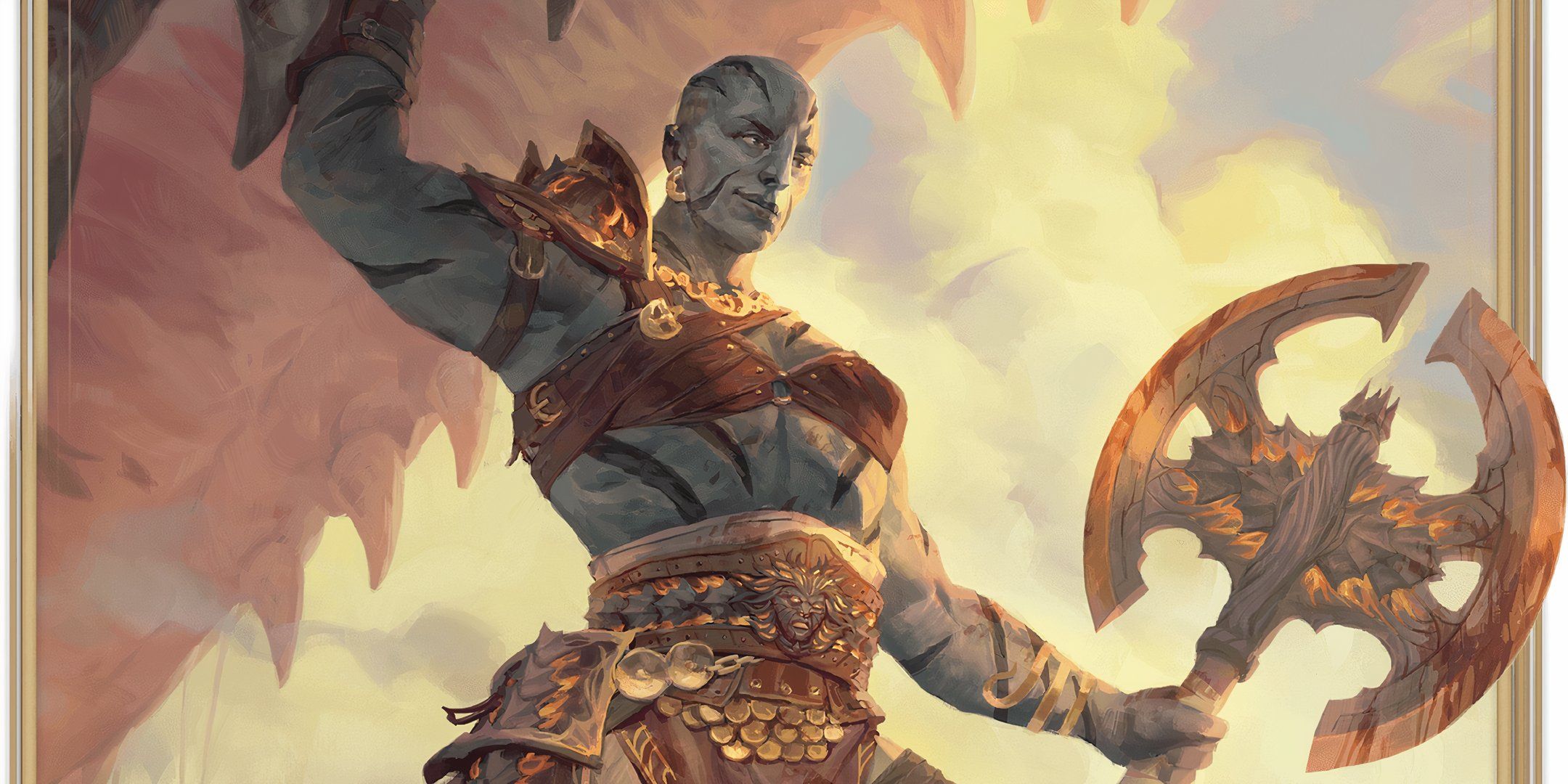
Next
Dungeons & Dragons: How To Build A Barbarian In 2024
Ready to wreck the frontlines and protect the party? Here’s how to build a barbarian using the 2024 Player’s Handbook.
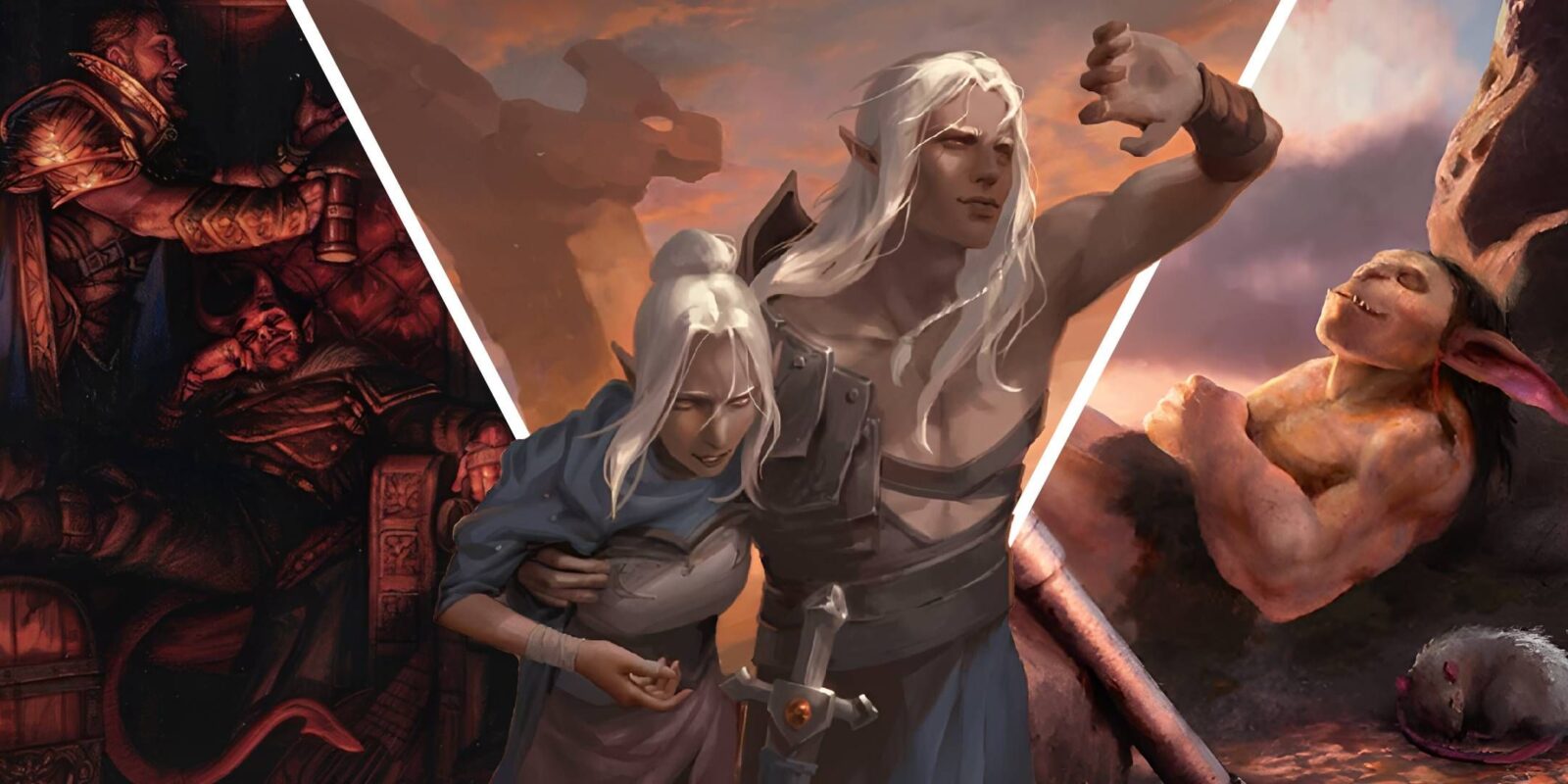

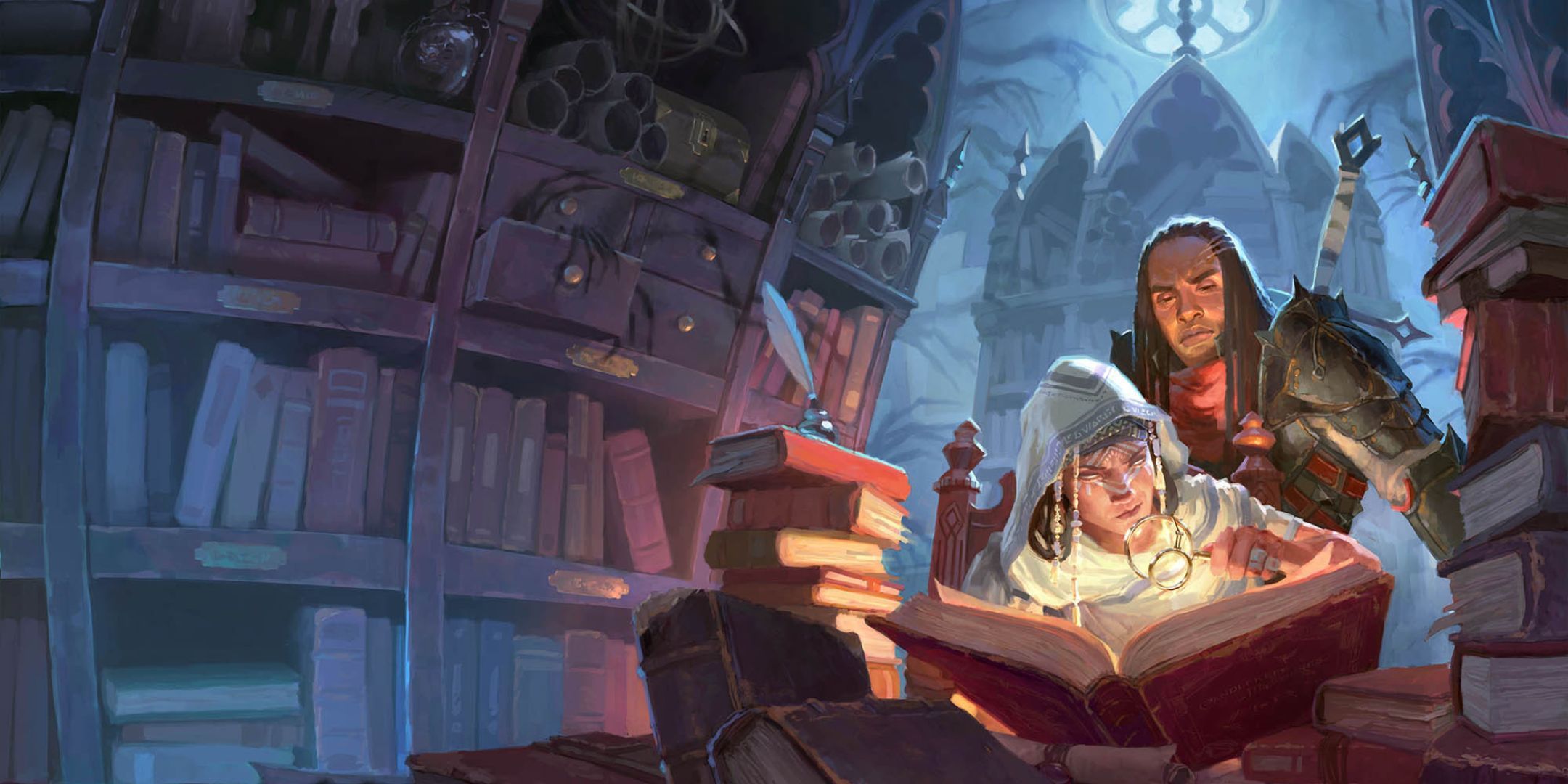
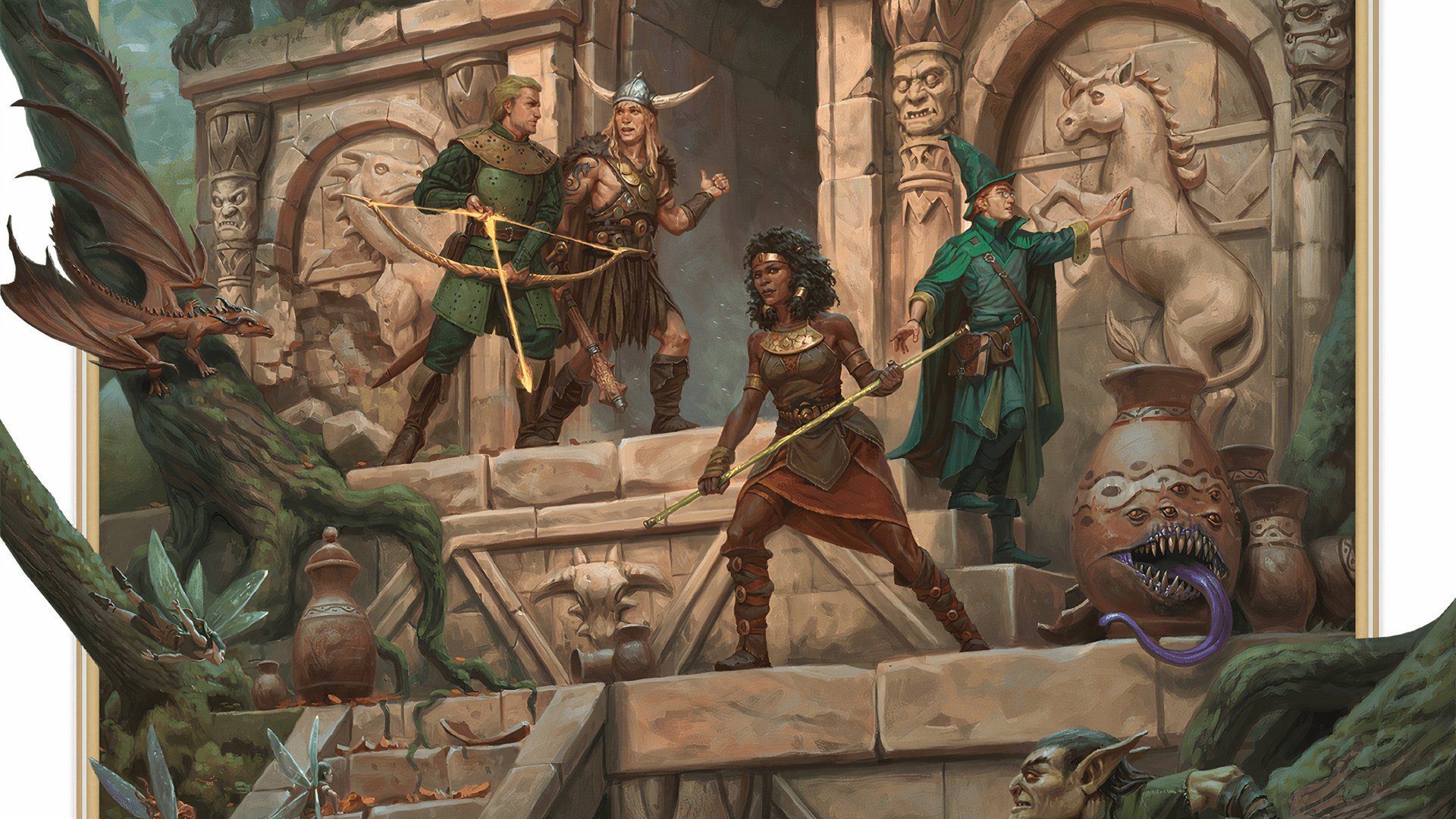
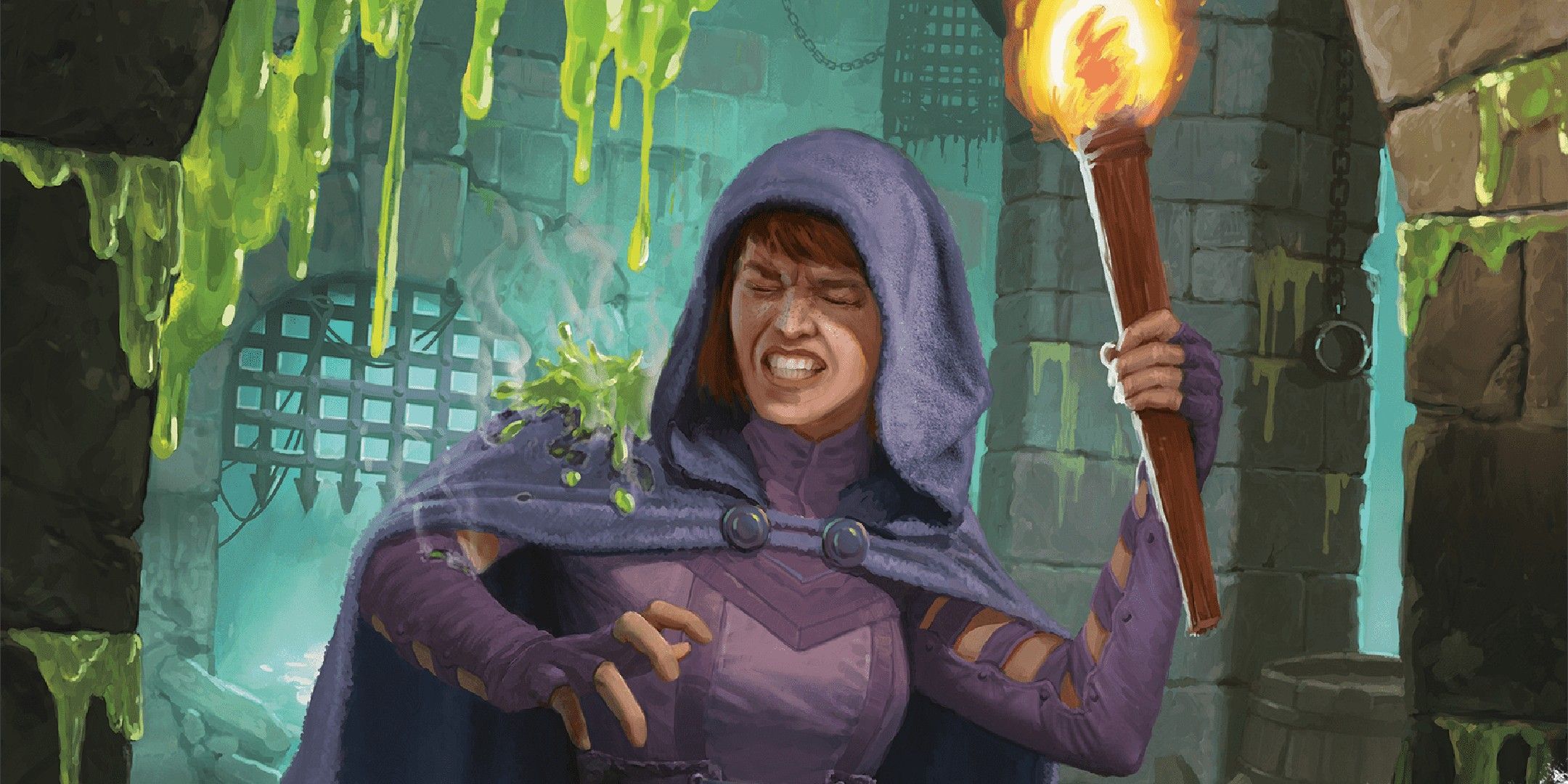



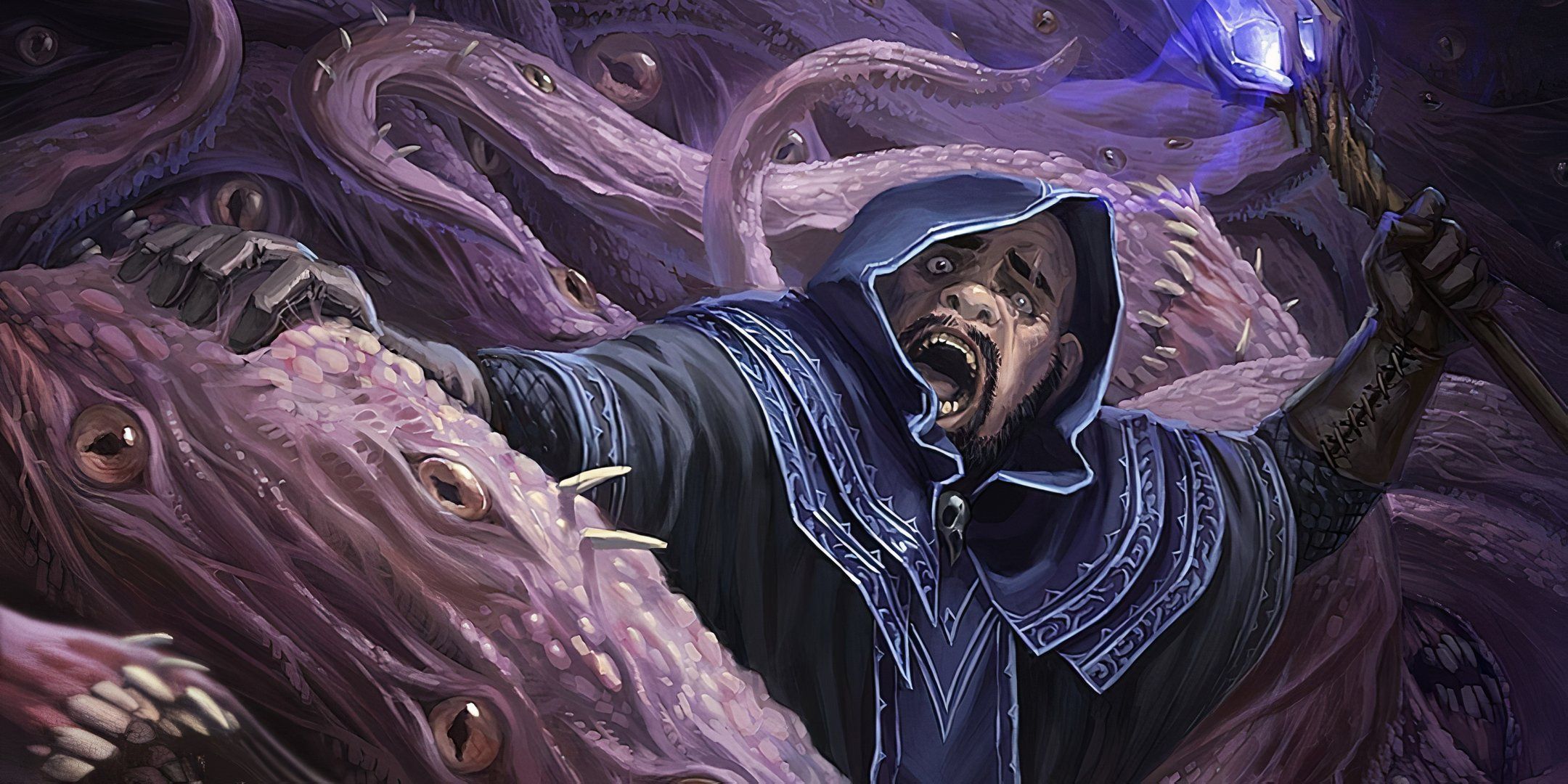

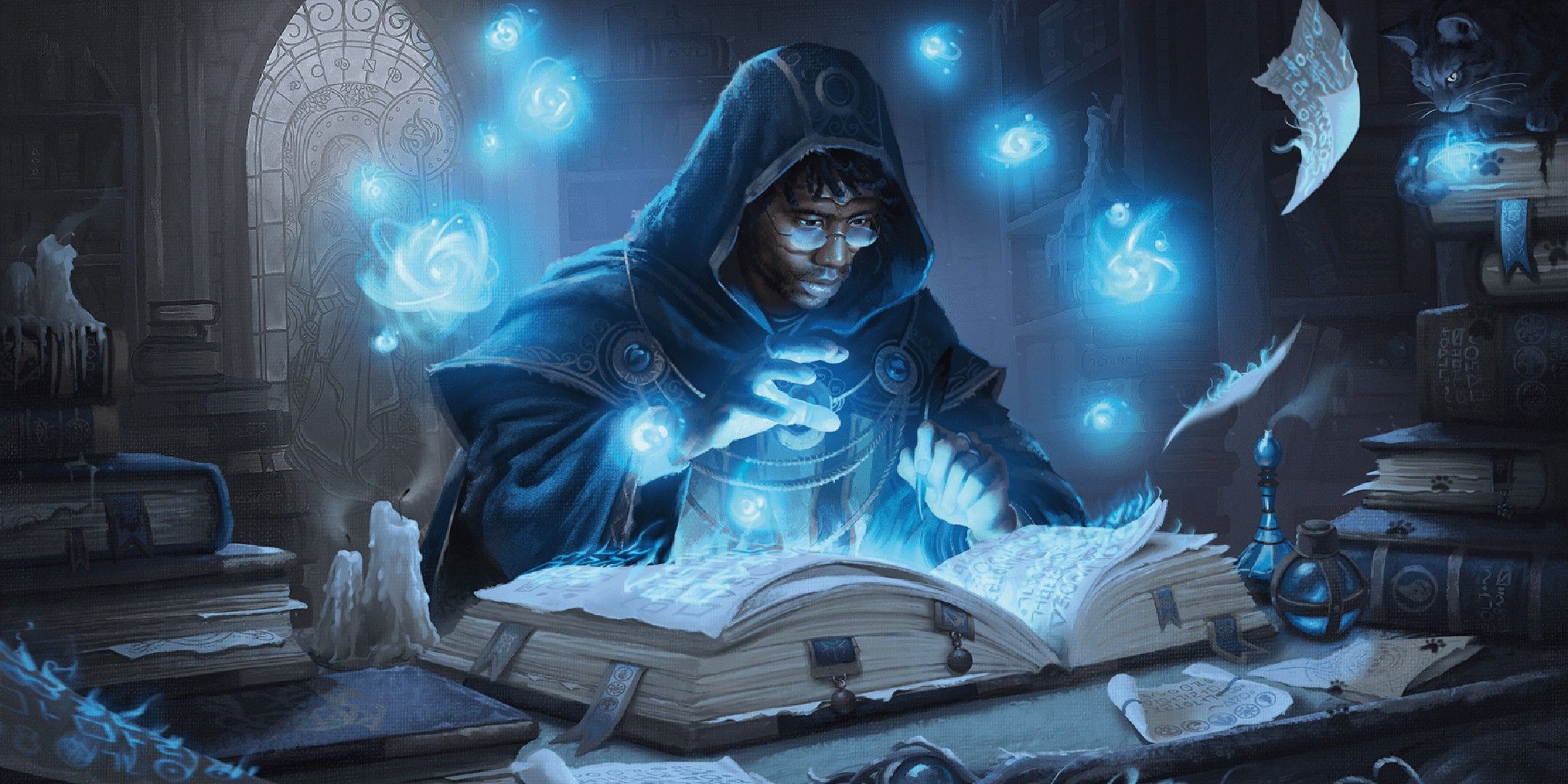
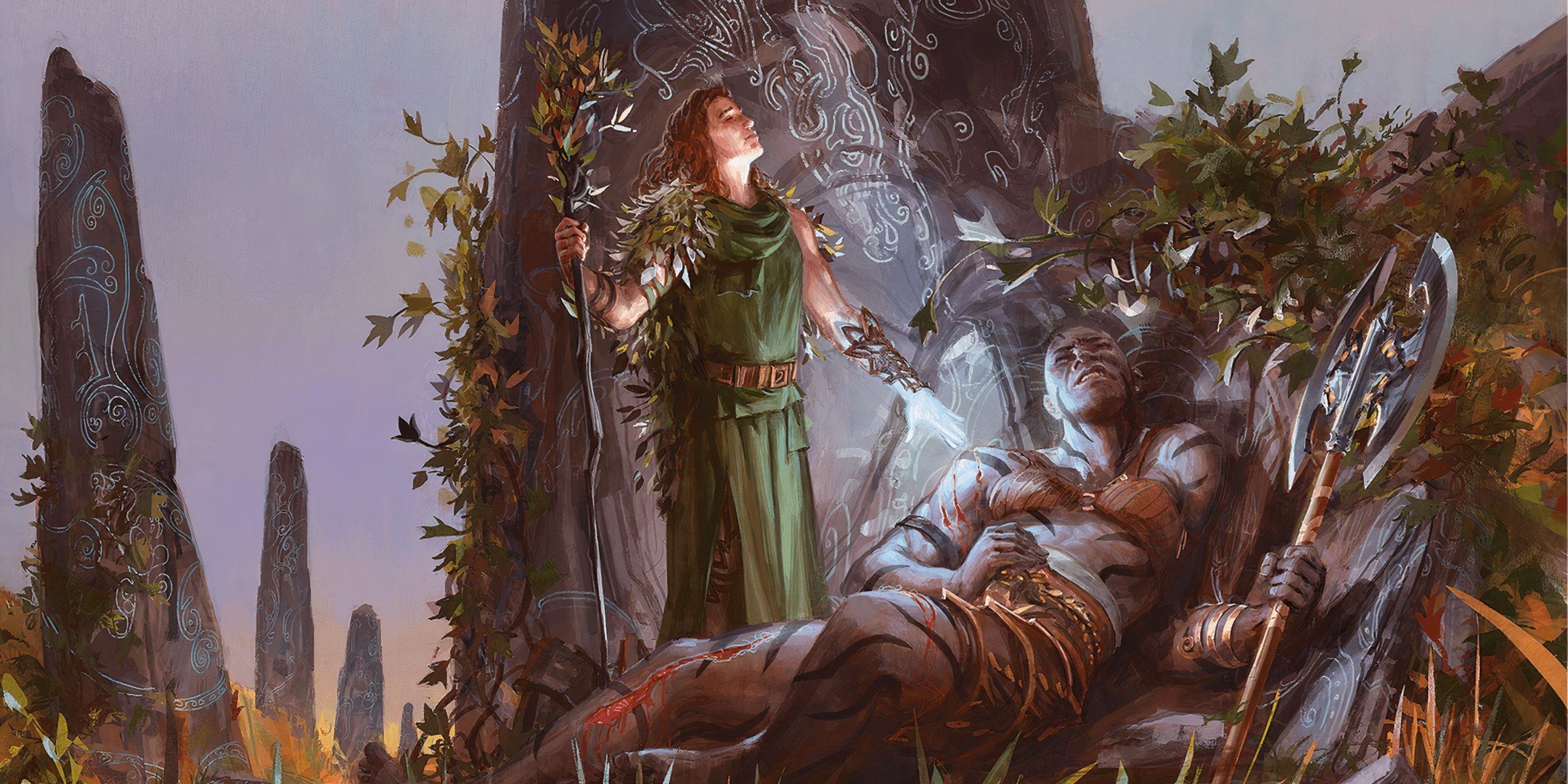




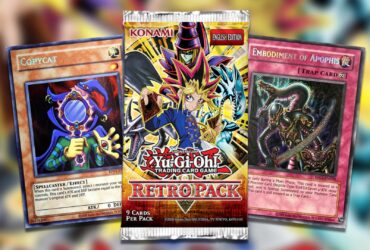


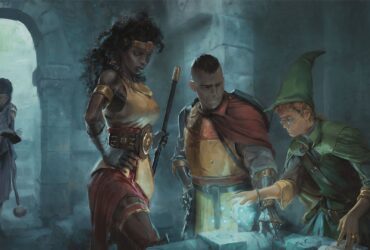
Leave a Reply